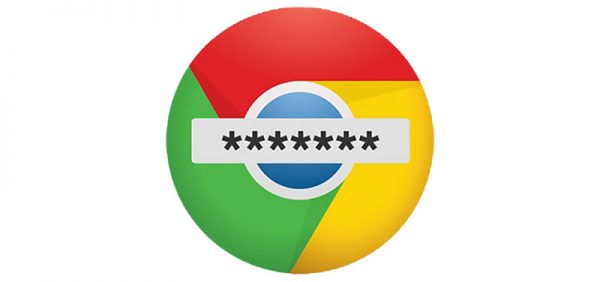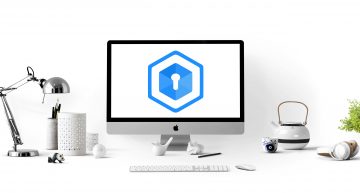How Safe Is It to Backup and Sync My Passwords with Google Drive?

'There was a data breach at an online discussion board I was using. The hackers took my password, and because I was using it for the rest of my online accounts, they broke into all of them and made off with a ton of personal data.'
When you hear a story like this, it's easy to respond with "Well, it's your fault because you reused your password." This would be a very stupid thing to say.
People's brains just aren't capable of remembering dozens of long, complex, and unique passwords. So, instead of shaming the victim for being a regular human being, why not give them some alternatives?
Writing down the usernames and passwords in a notebook might sound like the most obvious option, and indeed, a lot of people like this low-tech approach. Quite apart from the obvious risks, this method isn't terribly practical for many because they need to use both their home computers and the ones in the office. Why not use a cloud storage provider like Google Drive, then? It's certainly possible, but let's see if the idea is as good as it sounds.
The do-it-yourself option
You want your login credentials to be well organized, and if you're going to use your Google account, it makes sense to put the data in Google's Sheets feature. For those of you who haven't used it, Sheets is basically a Microsoft Excel in the browser. The idea is that you can create spreadsheets that are saved in your Google Drive account and are accessible as soon as you enter your Google username and password. This all sounds rather convenient, but is it?
There are a few potential niggles from a usability standpoint. If the passwords are to remain synchronized (which is the whole point of having them in the cloud), you need to edit them in Google Sheets. And Google Sheets works only in the browser which, in itself could be a bit of a nuisance.
The other problem is, a Google Sheets spreadsheet is connected to your Google account. Quite a few companies use Google's services for communication, project management, and other purposes which means that some of you probably have two Google accounts – a work account and a personal one. To access your passwords, you need to be logged in to the right one. Theoretically, you can get around this by opening two browsers at once or viewing the passwords in Incognito mode, but that involves quite a lot of window juggling. Also, make sure you know the keyboard shortcuts for copying and pasting because you'll be using them a lot. Overall, this password storage method is hardly a productivity booster.
And since we're talking about password storage, we can't ignore the security aspect. The truth is, if you follow the best security practices like using a strong password and having two-factor authentication turned on, cybercriminals are unlikely to break into your Google account and steal your sensitive data. There are other problems, though. There's no way to obfuscate the passwords in Google Sheets, which means that nosy people looking over your shoulder could present a threat. And if you forget to log out of your Google account and leave your PC unattended, you could expose your passwords.
Overall, storing your passwords with the help of Google Sheets does present its problems, and you should think about whether you're prepared to live with them. Especially considering the fact that there are other options.
Using Google Drive to store your Cyclonis Password Manager encrypted vault
Everybody and their dog own a Google account nowadays, and we knew that a lot of people would be happy to use the search engine's cloud storage option to save their sensitive data. Upon registering an account, Cyclonis Password Manager will automatically create your personal vault, and it will ask you where you'd like to store it. When you choose the Google Drive option, you will obviously need to enter your Google account login credentials, but you'll only need to do it once.
Once the vault is saved in Google Drive, Cyclonis Password Manager will automatically access it and sync the data inside it. You don't need to have a browser window open, you don't need to be logged in to a specific Google account, and if you've got the Cyclonis Password Manager browser extension, you don't even need to copy and paste your usernames and passwords. While you can use them, the passwords don't appear in plain form which means that intrusive shoulder surfers will be out of luck, and because the data is encrypted both at rest and in transit, even if crooks somehow manage to get their hands on your vault, they won't be able to see your login credentials without your master password.








